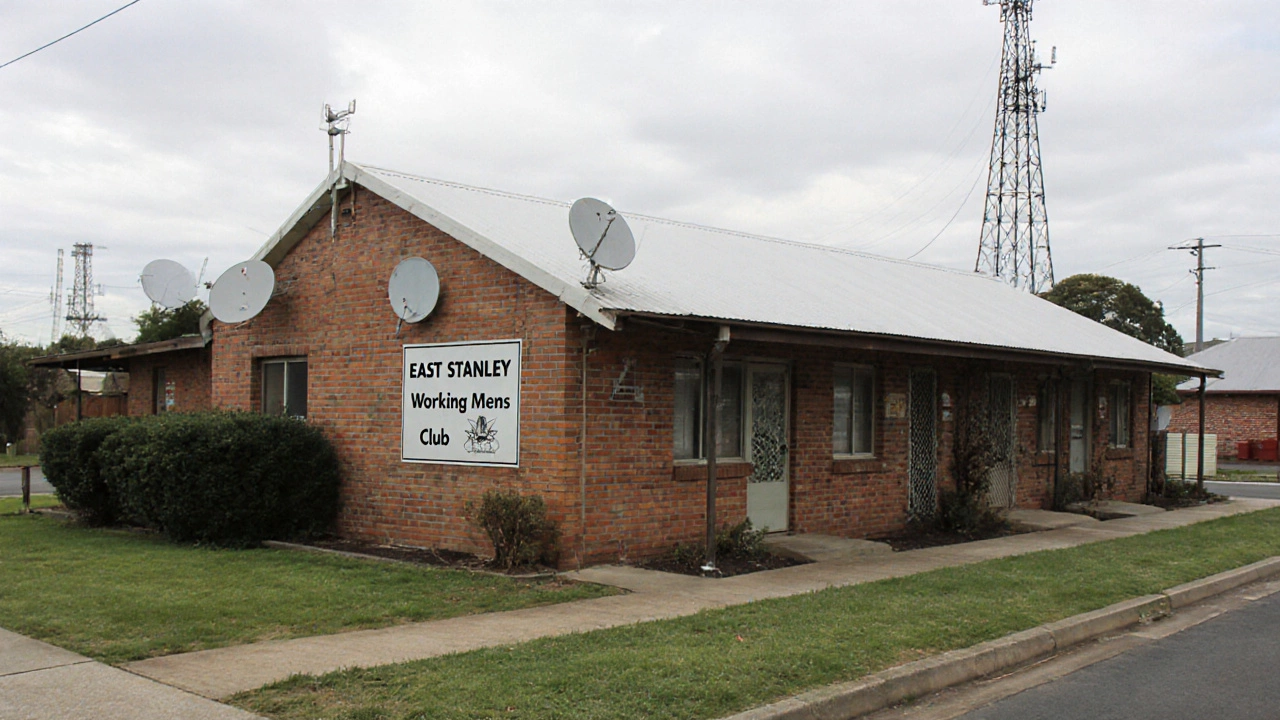Redevelopment in Sports and Urban Spaces
When talking about redevelopment, the process of renovating, repurposing, or upgrading existing places to meet new needs. Also known as urban renewal, it helps cities keep pace with growing fan bases, safety requirements, and economic goals. Stadium, a large arena for sports, concerts, and community events upgrades often kick off broader urban planning, the strategic design of land use, transport, and public spaces projects. When these projects involve residents, community engagement, the practice of involving locals in decision‑making becomes essential for smooth transitions.
Why redevelopment matters for fans and cities
Modern fans expect safe, accessible, and entertaining environments. A recent safety guide for Celtic supporters traveling to Belgrade shows how clubs now include travel logistics, colour‑coding rules, and timed entry to protect fans. That kind of detailed planning is a direct outcome of stadium redevelopment that prioritises security while preserving the match‑day atmosphere. At the same time, cities benefit from new jobs, increased tourism, and upgraded transport links that spill over into everyday life.
Redevelopment isn’t just bricks and mortar; it’s also about financial sustainability. The WNBA’s continued existence despite yearly losses illustrates how sponsorship, broadcast deals, and league support can fund venue upgrades and community programmes. When a league invests in better facilities, it signals confidence to sponsors and broadcasters, creating a virtuous cycle that fuels further redevelopment.
Another angle is cultural relevance. The debate over a Harry Potter attraction in Vancouver highlights how public perception can shape redevelopment decisions. When a project’s theme clashes with community values, planners must rethink branding or even cancel contracts to protect the city’s reputation. This shows that successful redevelopment blends architectural innovation with social awareness.
Future‑proofing is another key driver. Concerns about concussion risks in American football suggest that some sports may need to adapt or even fade. Redeveloping stadiums with adaptable spaces allows venues to host a wider range of activities, from low‑impact games to concerts, ensuring they stay useful even if a sport’s popularity wanes.
Lastly, long‑term health benefits come from promoting low‑impact, lifetime‑friendly sports like swimming, cycling, and rowing. When cities redevelop waterfronts or parks to include these activities, they create inclusive spaces that serve both elite athletes and everyday families. This aligns with the broader goal of making sport a lifelong habit rather than a fleeting trend.
All these pieces—fan safety, financial models, cultural alignment, health‑focused design, and adaptable infrastructure—connect back to the core idea of redevelopment. Below you’ll find a curated set of articles that dive deeper into each of these topics, offering practical tips, real‑world examples, and insights you can apply whether you’re a club official, city planner, or just a curious fan.
Bradley Hall puts East Stanley Working Men’s Club up for £250k sale
- Kellan Hartford
- October 2, 2025
- 0 Comments
Bradley Hall lists the former East Stanley Working Men’s Club in Stanley, County Durham, for £250,000, sparking community concerns over its future use.
read more